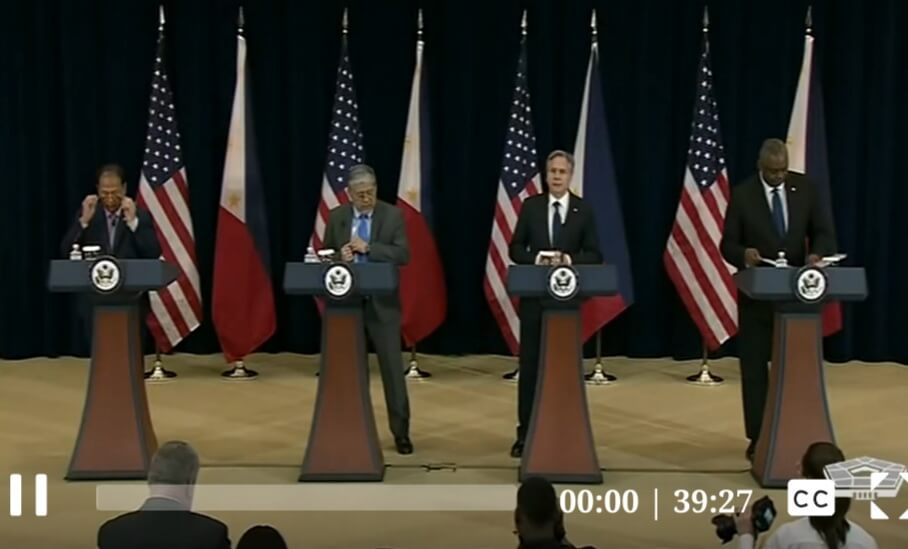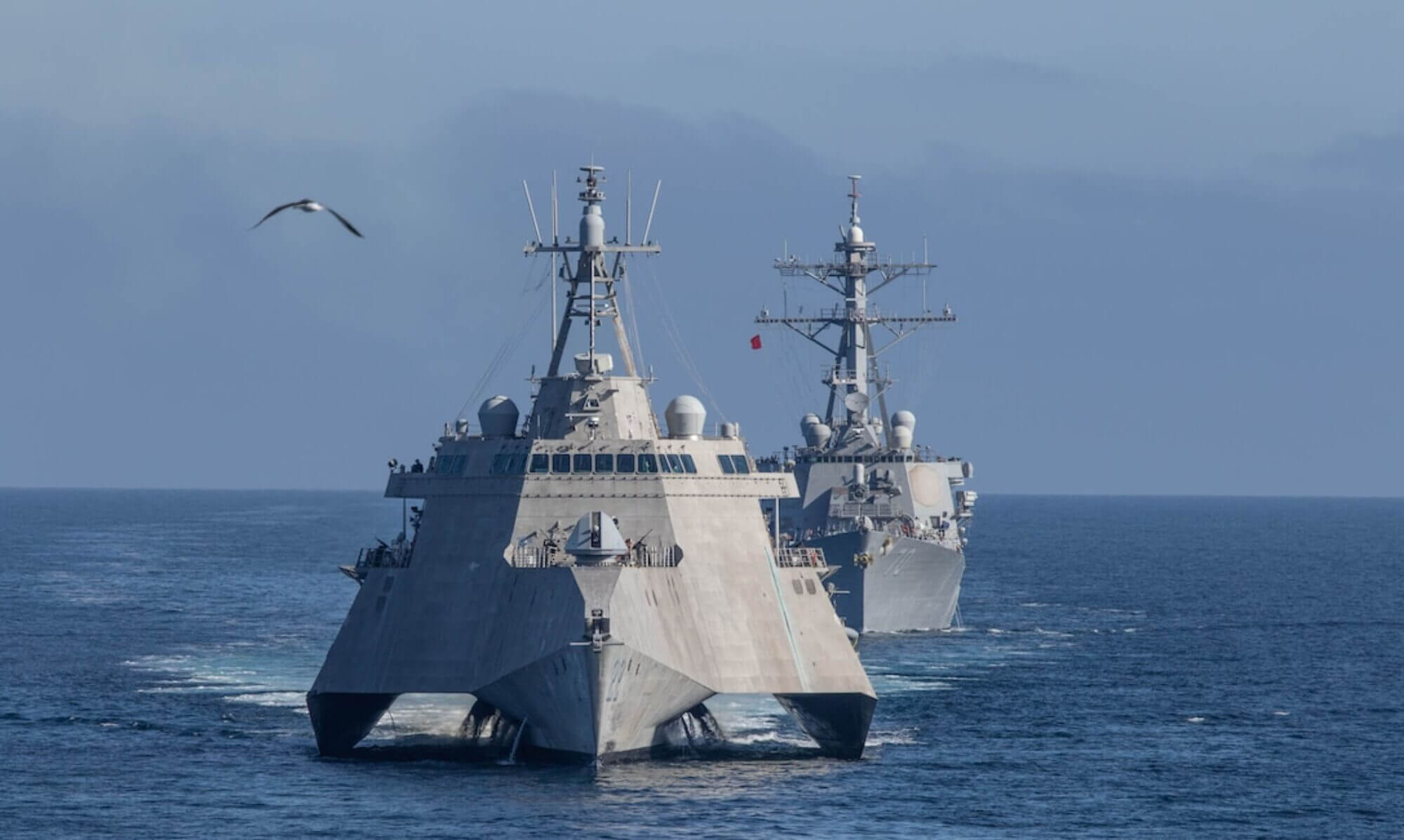
Introduction:
Greetings to our members and subscribers, as well as to all average Americans who are passionate about peace and security through strength.
Americans for a Stronger Navy is committed to promoting the mission of a stronger U.S. Navy, which plays a critical role in ensuring global peace and stability. In line with our mission, we would like to share a recent news development on the partnership between the U.S. and the Philippines.
Summary:
Top leaders from the U.S. and the Philippines have met to discuss their nations’ partnership in the areas of military, economic, and humanitarian cooperation. The meeting was held in Washington and attended by Secretary of State Antony J. Blinken, Secretary of Defense Lloyd J. Austin III, Philippine Officer in Charge of the Department of National Defense Carlito Galvez Jr., and Philippine Secretary of Foreign Affairs Enrique A. Manalo.
The leaders discussed modernizing the Philippine armed forces and operationalizing four new sites in Palawan and northern Luzon under the Enhanced Defense Cooperation Agreement signed on February 1st. They also emphasized the significance of the Mutual Defense Treaty signed in 1951, which serves as the foundation of their cooperation. The treaty applies to armed attacks on either nation’s armed forces or public vessels anywhere in the South China Sea.
Key Takeaways:
U.S. and Philippine leaders met to discuss their nations’ partnership in the areas of military, economic, and humanitarian cooperation.
Discussions included modernizing the Philippine armed forces and operationalizing four new sites in Palawan and northern Luzon under the Enhanced Defense Cooperation Agreement signed on February 1st.
The leaders emphasized the significance of the Mutual Defense Treaty signed in 1951, which serves as the foundation of their cooperation.
The treaty applies to armed attacks on either nation’s armed forces or public vessels anywhere in the South China Sea.
Conclusion:
As we work towards promoting peace through strength, this development is a positive step towards enhancing U.S.-Philippine relations and maintaining regional stability. We encourage our readers to stay informed on this partnership and its impact on global security. Join us in supporting a stronger U.S. Navy by subscribing to our mission on

